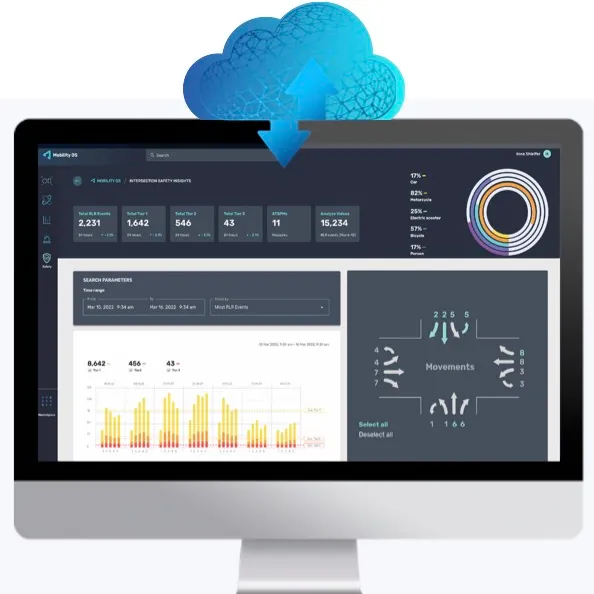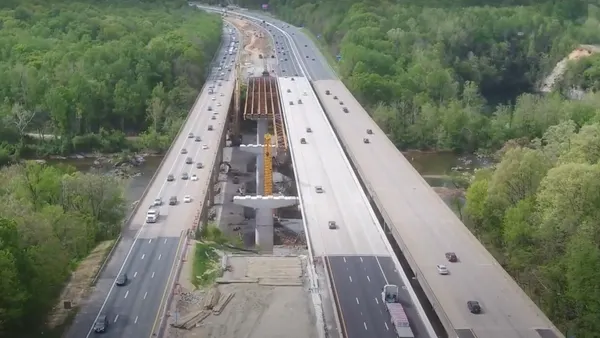Dive Brief:
- Florida is the latest state to approve an AI-driven traffic management system from NoTraffic, a Tel Aviv-based developer currently operating in more than 24 states and parts of Canada.
- Orlando, Collier County and Pasco County are among the parts of Florida already using NoTraffic’s systems. With this approval from the Florida Department of Transportation, the company can now operate throughout the state, it said in a March 13 news release.
- NoTraffic’s system combines hardware such as smart sensors with artificial intelligence software to give traffic authorities the ability to control and prioritize traffic flow for all transportation modes, including vehicles, pedestrians and bicycles, the company said.
Dive Insight:
Traffic cameras have been in use since 1987, but AI and network connectivity add functionality that can improve road safety and traffic management, the co-founders of Derq, another AI-powered traffic management system, said in a 2022 Smart Cities Dive opinion piece. A 2023 Government Accountability Office report found that adaptive traffic signal control can reduce crashes and improve emergency response time.
NoTraffic uses AI-powered sensors at each intersection to retrofit signalized intersections to detect road users via machine vision and radar. With edge computing, the signals provide input data on road users into one fully automated, cloud-connected hub. The company’s mobility operating system allows cities to define the transportation policies they want to implement at local intersections and city grid scales. The software then operates autonomously to reduce delay time by optimizing traffic signals according to those policies.

Bettendorf, Iowa; Dothan, Alabama; and Garland and Sugar Land, Texas, have also recently deployed NoTraffic’s platform, and more deployments are coming to Florida, a NoTraffic spokesperson said in an email. The company was also granted patent approval in February for its vehicle-to-everything, or V2X, technology to integrate connected vehicles and non-connected road users by combining data from multiple sources and using AI algorithms.
While intelligent transportation systems can improve traffic flow and improve emergency response times, the GAO report also found some real-world problems. Equipment can quickly become outdated or present problems integrating with existing hardware and software systems, the report stated. Cybersecurity was also a concern.











